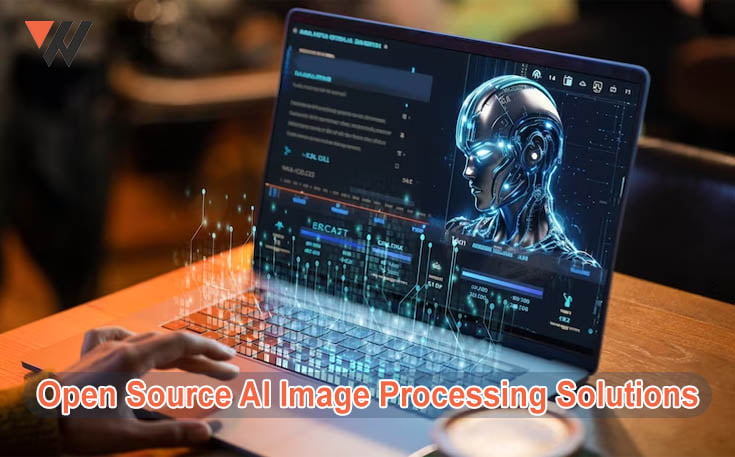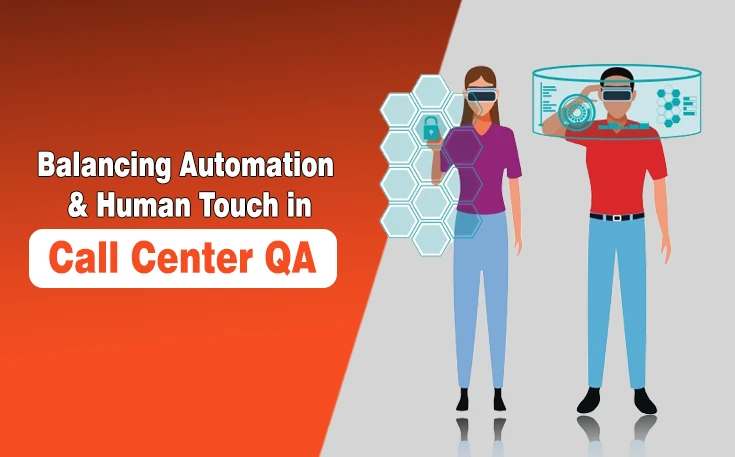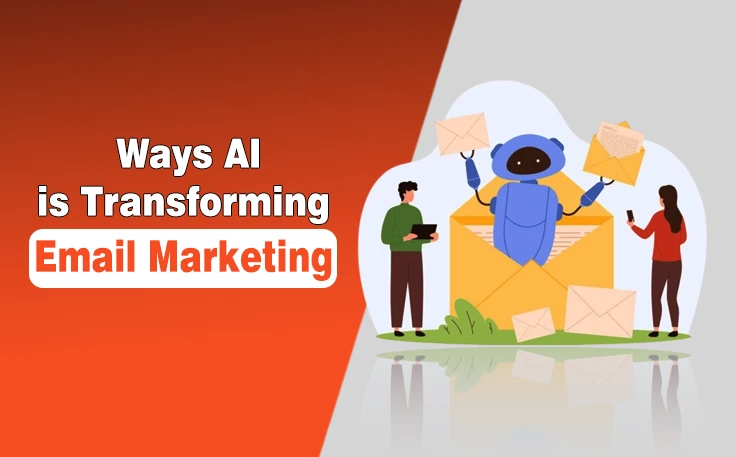Self-driving automobiles and computers with human-like vision were only a fiction of a fantasy writer’s imagination a few decades or even years ago. However, artificial intelligence (AI) technologies now allow automobiles to navigate safely through congested streets and computers to analyze and transform images using PNG to DDS converters almost as well as people do.
Developers have made significant progress in implementing AI in image processing jobs. Furthermore, AI-powered image processing technologies are extensively employed in various areas, ranging from health to law enforcement to cybersecurity and retail. However, with the help of a PNG to DDS converter by onlineconverters.org, you can convert PNG to DDS image format.
Deep learning is used extensively in image processing and computer vision systems to complete complicated jobs such as:
- Image categorization
- Recognition of Objects
- Object detection
- Image creation and retrieval
To include certain computer vision features into your product, you’ll need a vast collection of tools and resources, including picture datasets, libraries with code samples, and frameworks for constructing and training deep learning models. Succinctly, several open-course programs are available to help you understand machine learning and design your own AI-based image processing solution.
However, if you know how to convert png to DDS you can save png as DDS.
We take a deeper look at the five top open-source image processing tools for your projects below:
OpenCV
The Open Source Computer Vision Library (OpenCV) is one of the most prominent open-source image processing services. It’s a free computer vision library that may be used for a variety of image-processing tasks:
- Obtaining Images
- Compression and decompression of images
- Enhancement and restoration of images
- Denoising an image
- Segmentation of images
- Data extraction, among other things
The library offers a plethora of algorithms, routines, png to DDS converters, and image processing-specific modules. A deep learning module is also included for developing and training deep learning models.
You may use OpenCV to extract features from processed photos with this module and then apply a machine-learning model based on one of many options.
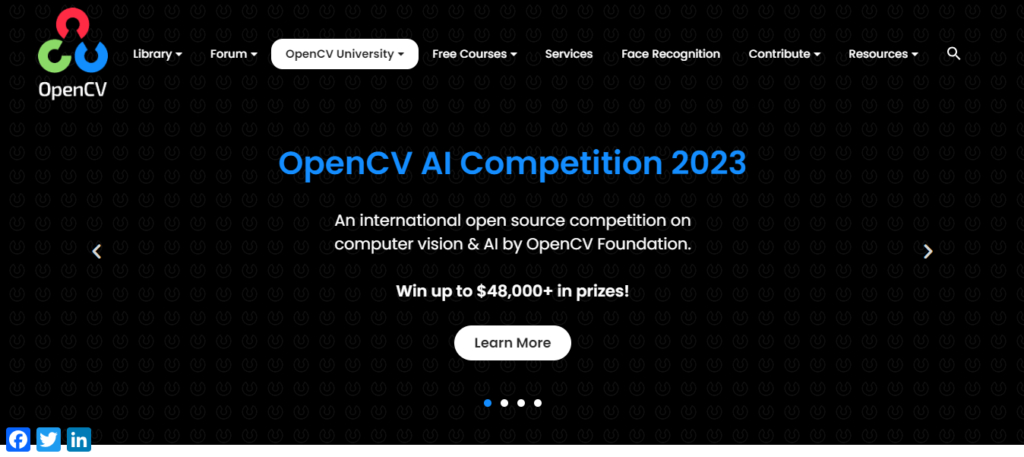
TensorFlow
Google’s TensorFlow is an open-source machine learning framework. Initially, the project was created for the Google Brain team’s research reasons. On the other hand, TensorFlow is now extensively used by both tiny startups and huge corporations like Dropbox, Intel, and Twitter.
TensorFlow may be used to handle a variety of data formats; however, in terms of image processing, this framework is best suited for:
- Image categorization
- Recognition of images
- Segmentation of images
- Image-to-image conversion (pix2pix)
TensorFlow comes with a suite of libraries for developing and training bespoke deep learning models and neural networks. The framework is compatible with Jupyter notebooks and includes a style guide. Undoubtedly, png to DDS converter is an excellent tool if you want to transform your image format.
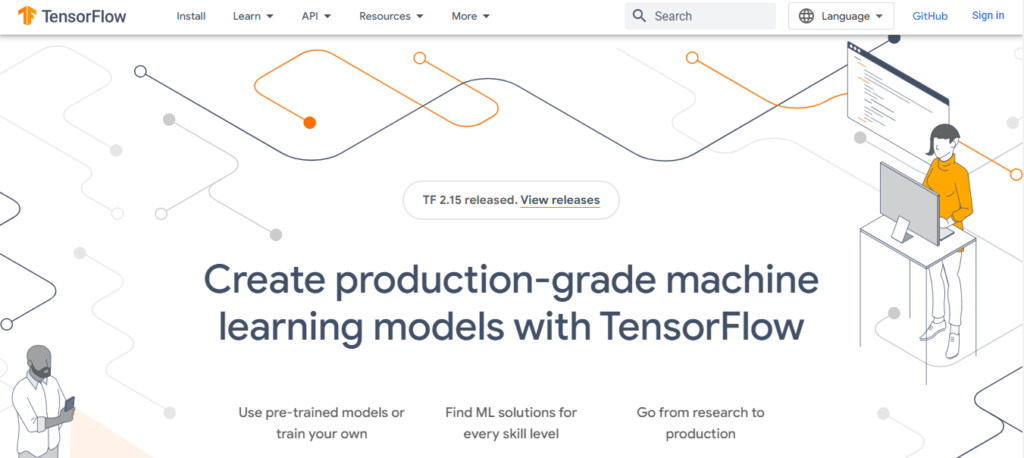
Keras
Keras is a Python open-source toolkit for building deep learning models. It’s an excellent option for individuals who are just starting to employ machine learning algorithms in their projects since it streamlines the building of a deep learning model from the ground up. Keras is simple to use and ideal for rapid prototyping of many types of neural networks.
TensorFlow was used to build the library, which is now completely incorporated into the framework. This implies that you may design your deep learning model in Keras, which has a much more user-friendly interface, and then integrate a specific TensorFlow functionality or feature in this model.
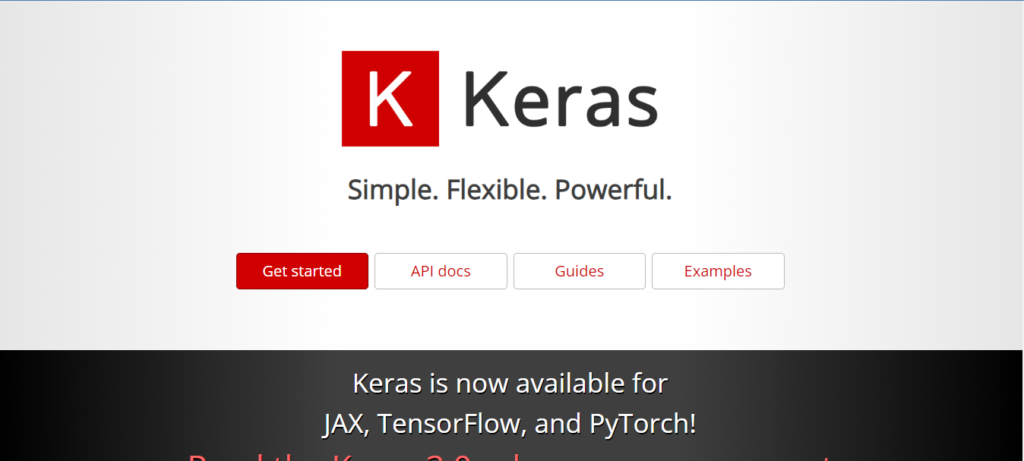
Caffe
Convolutional Architecture for Fast Feature Embedding (Caffe) is an open-source framework for developing and training popular deep learning architectures. Caffe may be used to do picture classification, segmentation, and recognition.
Caffe works well with convolutional neural networks (CNN) and feedforward networks when it comes to neural networks. However, it is not the ideal option for training recurrent neural networks.
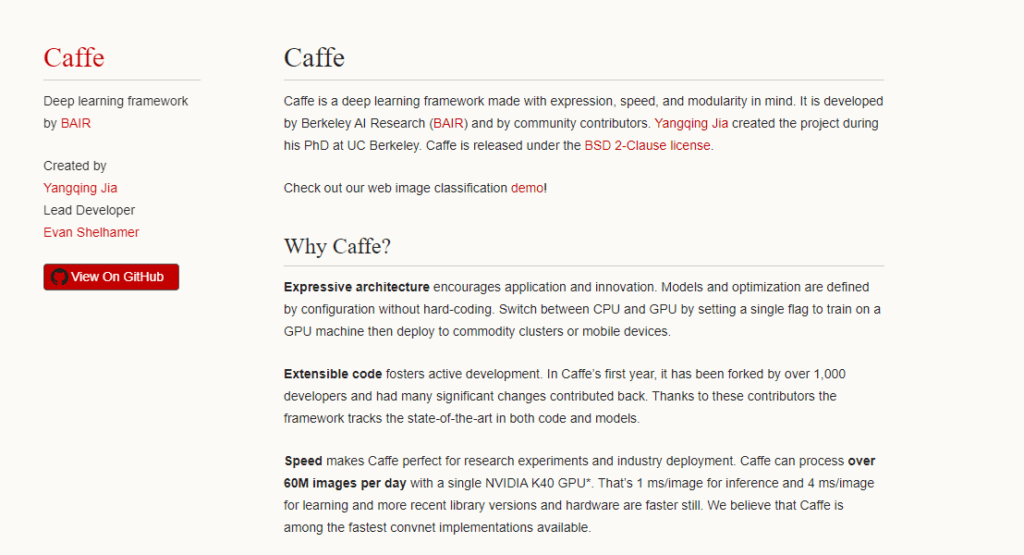
Google Collaborate (Colab)
Google Colaboratory, sometimes known as Colab, is a leading image processing service. While Colab is more of a cloud service than a framework, it can nevertheless create unique deep-learning applications from scratch. You may use Colab to do image processing tasks such as picture classification, segmentation, and object detection.
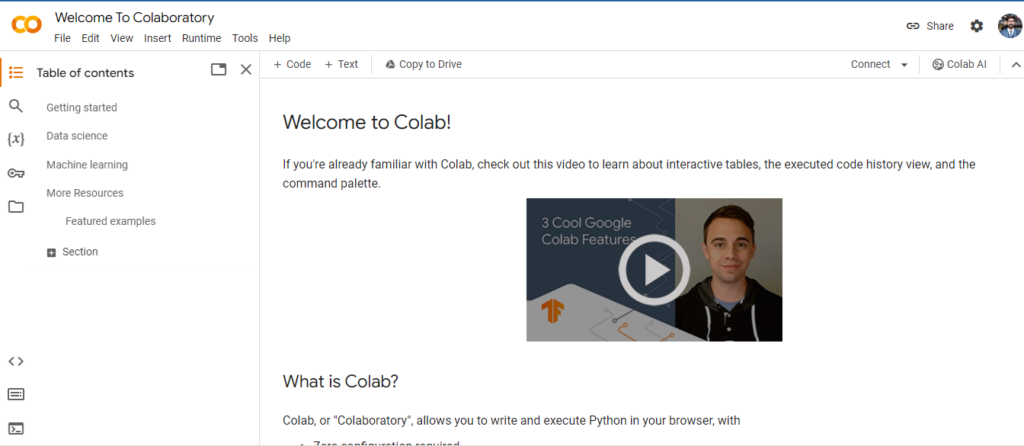
Conclusion
Altogether, Machine learning models and algorithms assist developers in swiftly and easily incorporating certain image processing functions into their products. Building a bespoke machine learning model or neural network, on the other hand, necessitates a large number of resources and a high degree of technical skill.
You may ease the process of exploiting Artificial Intelligence technology by using the open-source tools, libraries, and frameworks described below. The process of conversion of file format has also become easy by png to DDS converter.

